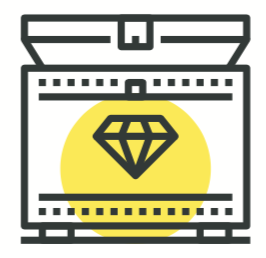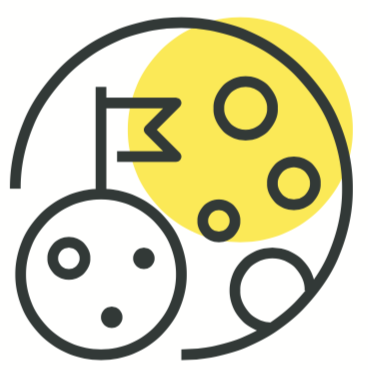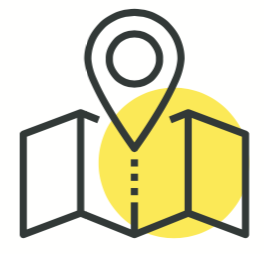PHILOSOPHY
Purpose is power
In a time when everything feels uncertain, knowing why you exist creates clarity — it guides confident decisions, inspires strategic adaptation, and attracts the right people. Yet knowing is only the first step. Purpose must be lived, one choice at a time.

Reveal Your Story
You already have a great one! We just have to bring it out.

Plant a Flag
Get clear about what’s next and what’s needed to get there.

Draw the Map
Be sure everyone is aligned and knows where to focus.
SERVICES
Let’s create a better future together
When your organization needs a new direction, a refresh, or a story to rally your people, I can help.
My experience was built in B2B, yet progressive organizations and entrepreneurs creating positive change are the closest to my heart. You might be a non-profit that looks out for public health, a startup tackling climate change, a B Corp creating impact beyond profit, a local business rooted in the community, or a school that helps kids stand tall. The world needs your vision now more than ever, and supporting your growth and success is mine.
Insights Research
Listen to people, inside and out, to learn what matters most and find business opportunities.
Brand audit
Market & industry research
Customer & employee interviews
Competitive analysis
Brand Strategy
Define who you are and what you stand for, then set a direction for future growth.
Workshop facilitation
Positioning
Purpose definition
Brand story
Messaging
Mobilize communities with a meaningful story tailored to audience points of view.
Messaging playbook
Communication strategy
Audience guide
Investor & pitch deck
